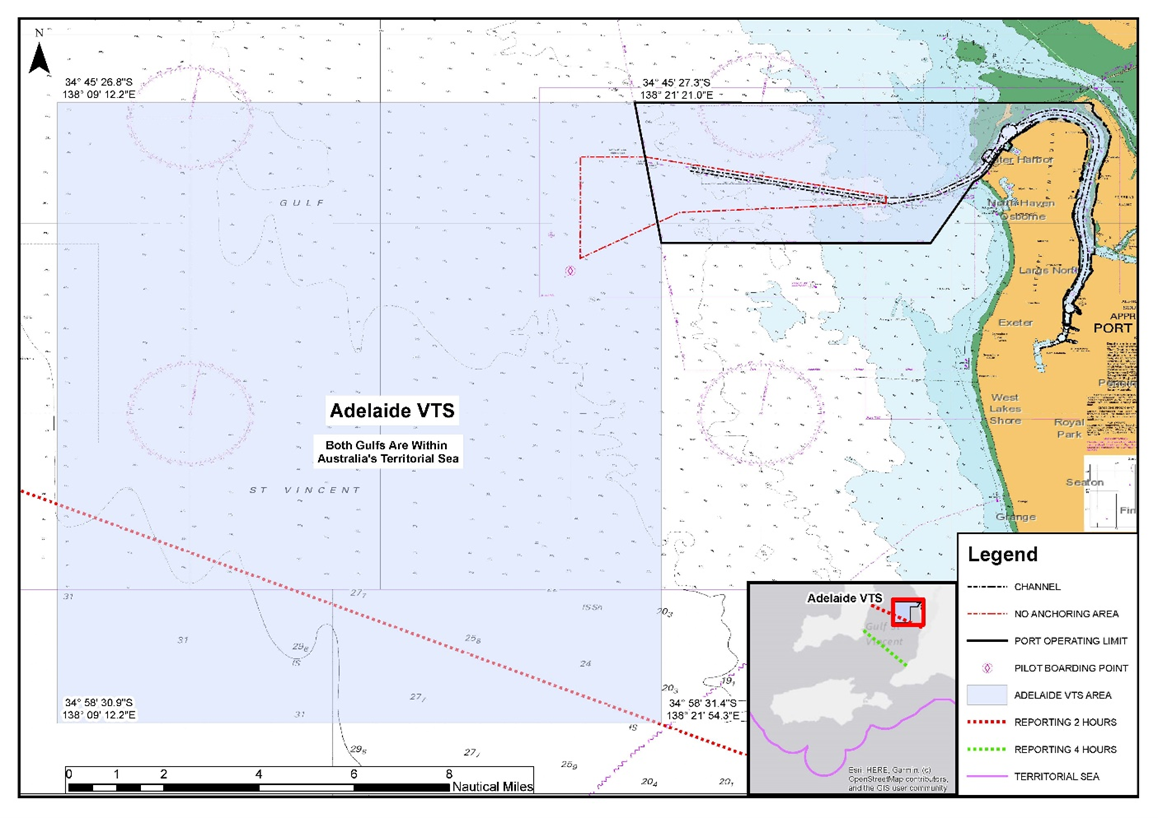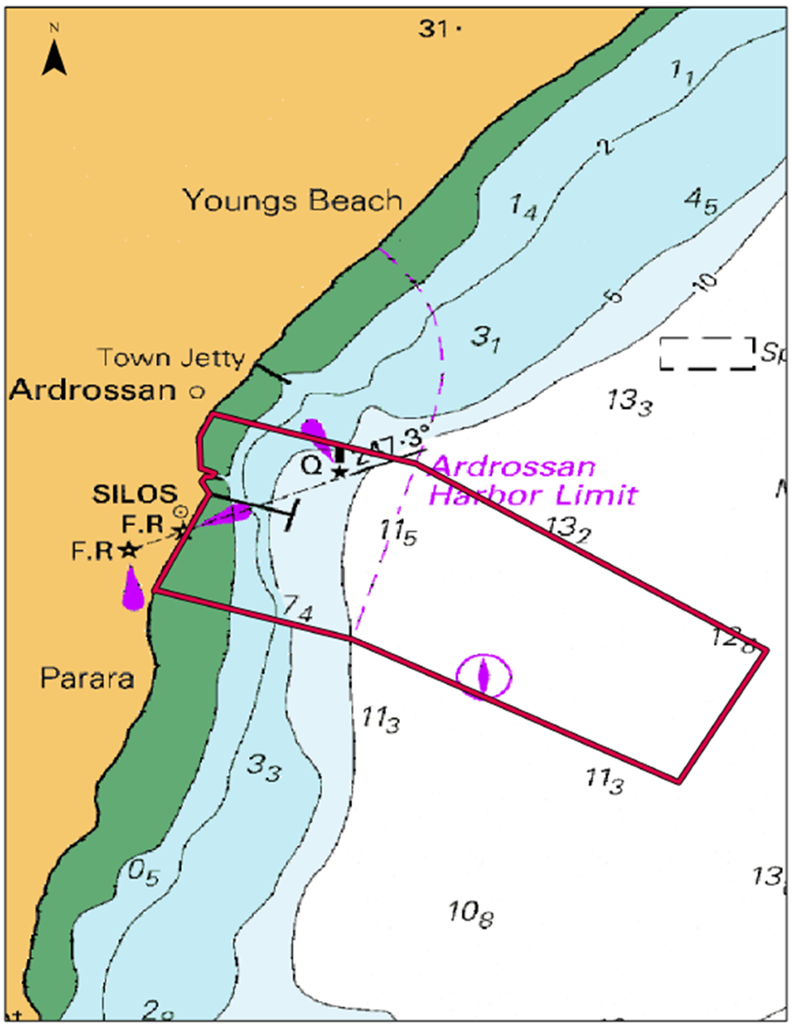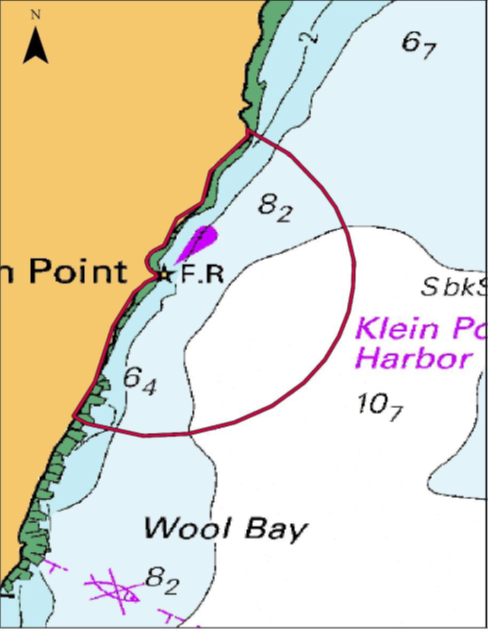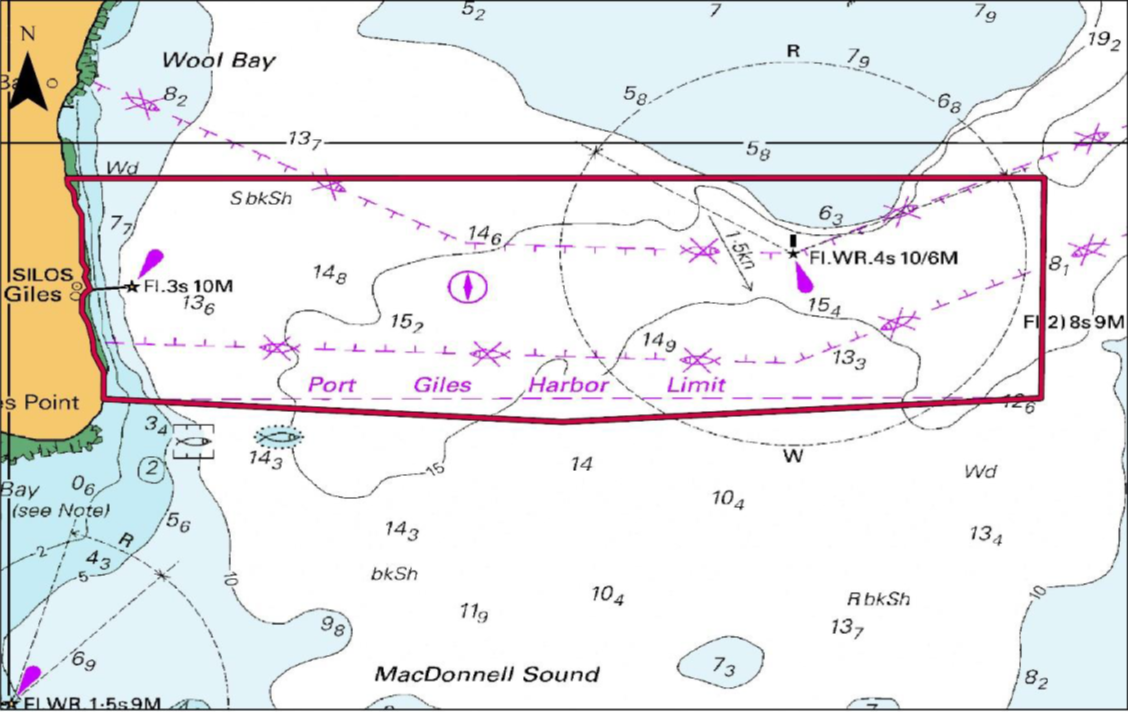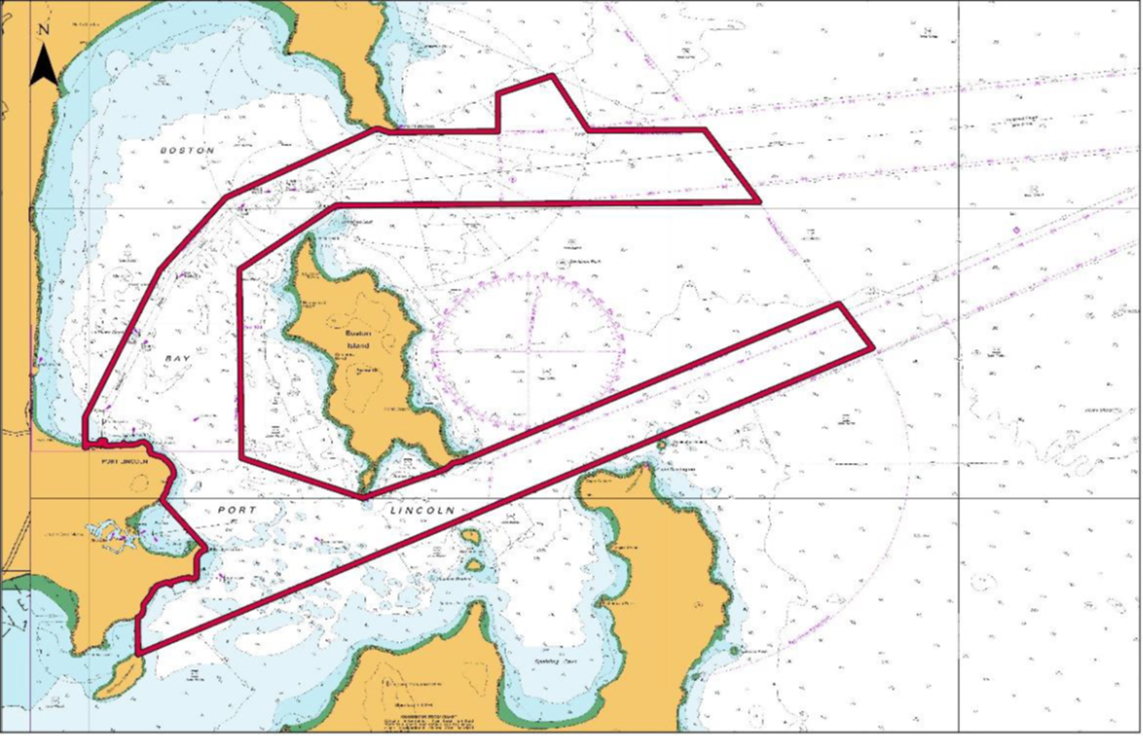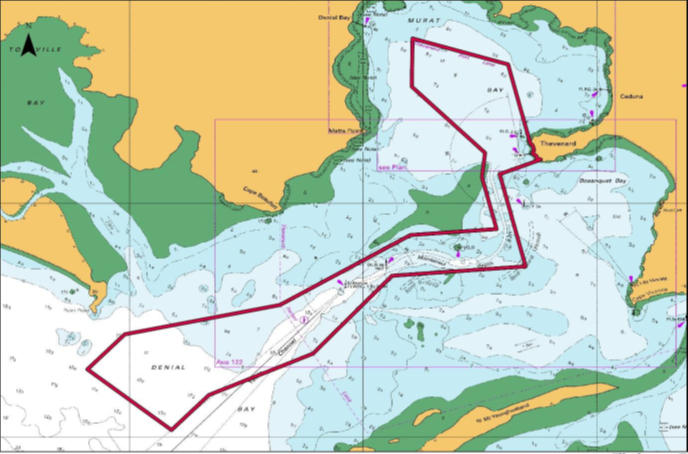Flinders Ports is the VTS Provider for Port Adelaide, Ardrossan, Klein Point, Port Giles, Wallaroo, Port Lincoln, Thevenard and the Spencer VTS area comprising Port Pirie, Port Bonython, Whyalla and the Spencer Gulf Deep Water Passage, providing a Vessel Traffic Service for these regions across South Australia.
The VTS centre is located in the Passenger Terminal, Oliver Rogers Road, Outer Harbor and is a centralised Vessel Traffic Service managing the Port of Adelaide and all regional ports under its jurisdiction.
Our VTS Objectives:
- Flinders Ports VTS to maintain a traffic image for the entirety of the defined VTS coverage areas.
- VTS communications system to provide the capability to interact with marine traffic throughout all VTS areas.
- Capability to interact with a vessel to influence the decision making process on board the
- Ensure both internal and external training requirements are met by the use of the Flinders Ports VTSO training policy.
- Reduce the overall number of incidents within the VTS coverage areas.
- Maintain effective relationships with allied services and
- Enhance efficiency in order to reduce waiting times for marine
- Ensure all vessels that breach either Port Rules or the VTS regulations are notified via a formal process.
- Maintain and update the Quality Management System
| Port / Location | Call Sign |
|---|---|
| Port Adelaide | Adelaide VTS |
| Ardrossan | Ardrossan VTS |
| Klein Point | Klein Point VTS |
| Port Giles | Port Giles VTS |
| Wallaroo | Wallaroo VTS |
| Port Pirie, Port Bonython, Whyalla, Transhipment areas, Spencer Gulf Deep Water Passage | Spencer VTS |
| Port Lincoln | Port Lincoln VTS |
| Thevenard | Thevenard VTS |
Purpose of Vessel Traffic Services (VTS)
Adelaide VTS was initially established in 2021 for the Port of Adelaide and accreditation for the remaining region ports was acquire in 2024. This is with a purpose to enhance vessel traffic services of Port Adelaide and regional ports, to ensure the safety of navigation of vessels, to protect the marine environment of surrounding waters and to provide VTS users timely information and necessary assistance, within the limits of the VTS coverage. In doing so, VTS;
- monitors the movements of participating ships in the VTS areas
- interacts and communicates with vessel masters and pilots to give them timely and important information that supports the decision-making process on board the vessel
- maintains a listening watch on VTS VHF working channels
- responds to requests for information, such as ship traffic and maritime safety information, and promulgated weather warnings.
- responds to developing unsafe situations
- responds to and reports marine incidents within the VTS areas
The VTSO is responsible for the coordination of ships within prescribed VTS areas, working to avoid potential close quarter situations or incidents by managing vessel movements from the VTS Centre.
The VTS Centre work shifts to cover 24-hours, seven days a week, year-round. A continuous listening watch is maintained on the designated frequencies.
VTS Areas
Wallaroo
Please check back later for updated area map.
Spencer VTS Area (Port Pirie, Port Bonython, Whyalla, Transhipment Anchorages & Deep Water Passage)
Please check back later for updated area map.
Participating Vessels
General Obligation
It is mandatory for all vessels having a length overall of greater than 35 metres and operating within the VTS coverage area to participate in the VTS. Additionally;
- All commercial vessels when operating within the VTS coverage area will be required to participate in the VTS reporting requirements.
- VTS may request any other vessel entering the VTS coverage area to participate in the VTS reporting requirements.
Voluntary Reporting
Other vessels transiting the VTS Areas may report on a voluntary basis. Any vessels wishing to participate on a voluntary basis (i.e., not designated as participating vessels), must comply with the mandatory reporting requirements of the VTS and any guidance issued by the VTS provider.
Reporting to VTS
Inbound
3-4 hours to pilot Boarding Ground (PBG)
- Name of vessel
- ETA to PBG
- Advise if intention is to anchor
1-2 hours to PBG
- Name of vessel
- ETA to PBG
- Fore and aft drafts
- Distance from bow to bridge
- Operational status of bow thruster and capacity (if fitted)
- Request Traffic clearance to enter VTS Area
VTS will advise the following information;
- Confirm scheduled pilot boarding time
- Pilot ladder arrangements
- Anchorage location if anchoring on arrival
Arrival to PBG
- Name of vessel
- Side in which pilot ladder is rigged and confirm if combination
VTS will advise the following information;
- Notify when pilot vessel is underway with pilot
- Confirm ETA of pilot vessel / time to pilot boarding
- Any other requirements VTS may have
Arrival to Anchor
- Vessel name
- Drop anchor time
- Bearing and distance to the Entrance Beacon or GPS position
Shifting from anchor to PBG
- Vessel name
- Request permission to heave anchor
- Anchor aweigh time
- Intention
- Side in which pilot ladder is rigged and confirm if combination
- Request traffic clearance
Within VTS Area
From PBG to berth
- Vessel Name
- Channel entry point and berth
- Wind, tide and traffic information
- Traffic Clearance
From berth to PBG
- Vessel Name
- Berth and channel exit point
- Wind, tide and traffic
- Traffic clearance
Outbound
Upon departure from PBG
- Next port
- Any other relevant information
- Request traffic clearance
Anchoring on departure
- Reason for anchoring
- Anticipated duration at anchorage prior to resuming sea passage
- Request traffic clearance
Departure from Anchor
- Request permission prior to heaving anchor
- Anchor aweigh time
- Destination port
- Request traffic clearance
Whilst Berthed
- Commencement and expected duration of any work activities, such as main engine immobilisation
- Completion of work activity
- Request to test main engine(s)
- Immediately upon any incident involving marine pollution
Other Reporting Requirements
Oversize Vessel Notice
Vessels with principle dimensions exceeding the described port limits (refer Port Rules) for the port they intend visiting are required to make such a declaration via an oversize notice. This requirement is typically arranged through the ship’s agent as part of their husbandry duties and submitted at the time of the vessel Visit Application Request (VAR) lodgment. *
* A manual method of VAR lodgment can be made via an Application for Use of Port Facilities form. Requests for electronic input direct to PortMIS can be applied for via an Application to Access PortMIS System form. Both forms are obtainable here.
Work Notices
Vessels intending to carry out routine maintenance or activities such as main engine immobilization, hot work or the testing and lowering of lifeboats are required to apply via a relating work notice. Per previous, this is normally arranged through the ship’s agent once requested.
Pilot Ladder Checklist
A Pilot Ladder Checklist – addressing important safety aspects is required to be completed prior to vessel entry into any SA port requiring pilotage. FPH does not accept any pilot ladder(s) that are more than 30 months old and man ropes that are more than 12 months old.
Covid Related Declarations
There is currently no requirement for COVID checklists to be completed, however advice must be given for any instances of unwell crew members onboard or other information which may affect the health and safety of Flinders Ports personnel.
Vessel Deficiencies
VTS must be informed of any equipment or machinery failure which may influence the safe pilotage of vessels in or out of SA ports. This may include (but not be limited to);
- Bridge and navigational equipment, such as gyro compasses
- Hull and Machinery, such as main and auxiliary engines and bow / stern thrusters (if fitted)
- Any additional relevant information e.g. Conditions of Class (COC).
VTS Contact Details and Working Channels
Flinders Ports VTS is the first and primary point of contact for all marine traffic and can be contacted 24 hours a day, maintaining a listening watch on VHF Channel 12 and 16. Communication with VTS is in English, using IMO’s Standard Marine Communication Phrases.
All vessels shall maintain a listening watch on VHF channels 12 and 16 when within or approaching Port Adelaide or regional South Australian VTS areas.
If for any reason a ship cannot communicate via the VHF working channel, the ship must send the required information to VTS in another way. The ship can use one of the following:
- Telephone: +61 8 8447 0902
- Email: [email protected] or [email protected]
- Have their Agent relay the information to VTS
| VHF Frequency | Purpose | Notes |
|---|---|---|
| Channel 16 | Calling - Distress & Safety | Channel 67 for Distress & Safety |
| Channel 12 Vessels should monitor VHF at all times in Port Limits for information | Ship/Shore/Ship Operations | Transit advices/messages and information. |
| Channel 6 or 8 | Tug operations | Primary channel - 6 |
Environmental Monitoring
Flinders Ports VTS has access to a suite of innovative tools to assist operators, pilots, vessel masters and VTS stakeholders to make informed decisions to increase safety and efficiency. VTS’s meteorological and hydrological systems use sensors and read outs that provide the following data.
- Wind speed and direction
- Tidal current speed and direction
- Tide height
Gale warnings will be issued by VTS at the direction of General Manager Flinders Ports or Manager Port Operations.
Compliance and Masters Responsibility
Master’s Responsibility
It is the responsibility of the ship’s master while in VTS Areas to:
- follow the ship reporting requirements
- confirm that information from VTS has been received when asked to do so;
- respond appropriately to all information, warnings, advice and instruction given by VTS;
- keep a listening watch on VTS VHF working channels;
- to ensure that the AIS is transmitting the correct data for the vessel
- as soon as possible, notify VTS of any:
i. incident/accident affecting the ship’s safety;
ii. incident/accident affecting safety of navigation;
iii. defects affecting the ships safety or navigation
iv. circumstance that may cause pollution;
v. pollutants/containers/packages drifting;
vi. change to route plan.
Failure to Report
Any master, or officer of the watch at the time, who fails to follow the required reporting procedures, or who deliberately transmits information, which is incorrect, false or misleading, will have committed an offence and may be fined if convicted. Section 215 and 216 of the Navigation Act 2012 makes it an offence for a person to fail to report the required information or provide false or misleading information.
